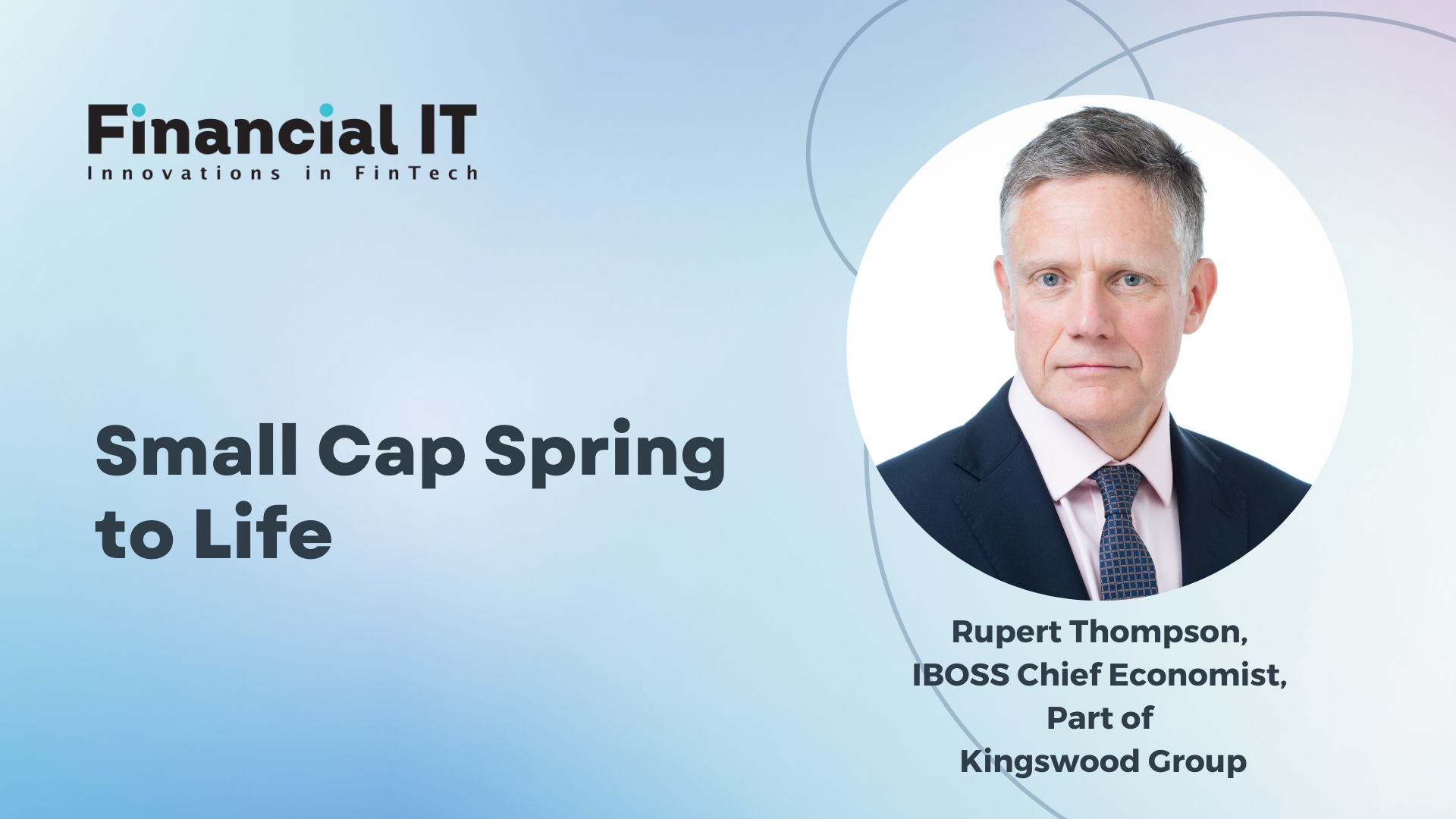Small Cap Spring to Life

- Rupert Thompson, IBOSS Chief Economist at Kingswood Group
- 16.07.2024 02:00 pm #currency #banking #markets #trends
Global equities saw further gains last week, rising 1.1% in local currency terms. However, a strengthening in the pound against a weaker dollar to just under $1.30, the highest level in a year, left markets down a slight 0.1% in sterling terms.
Aside from the result in Berlin on Sunday, which we won’t mention again, the focus of attention was even more than normal on the US. First off, and most important for the markets, were the June consumer price numbers on Thursday. These came in better than expected with core prices rising only 0.1% in June, the second month of modest gains. As for the annual inflation rates, the core rate ticked down to 3.3% from 3.4% and the headline rate declined from 3.3% to 3.0%.
This encouraging news duly gave a boost to hopes for rate cuts later this year. The market now expects two or three 0.25% reductions with the first cut occurring in September. US Treasuries returned 0.8% over the week on the back of a 0.1% drop in yields.
Still, the stand-out effect of the inflation data was a marked rotation away from the Magnificent Seven tech stocks, which have driven much of the equity gains so far this year, into US small cap. The latter were up as much as 6.1% over the week while the former were down 2.5%, leading to the US market overall underperforming with a fall of 0.3% in sterling terms.
This rotation into small cap partly reflects both their higher leverage, which means they are bigger beneficiaries of rate reductions than large cap, and their greater sensitivity to domestic growth that looks better supported with the Fed now more able to cut rates.
But it is also down to the AI-related surge in the Magnificent Seven looking overdone and leaving these stocks vulnerable to a retracement. With small cap looking very cheap relative to large cap and the economic backdrop looking reasonably benign, we continue to believe the cheaper areas of the US market look relatively attractive and have further room to catch up.
Then, on Friday, we had the big banks kick off the US earnings season which proved to be a mixed bag. Investment banking fees were up strongly but the banks warned of increased stress in low income households and a slowdown in consumer spending.
Finally, there was the assassination attempt on Donald Trump. This has been seen as boosting his chances in the November election and he is now firm favourite. The betting odds put his chances at around 65%, up from 59% before the shooting.
The impact of a Trump victory would depend in part on whether the Republicans also managed to win control of Congress which would much increase his ability to make changes in fiscal policy. But basically, a Trump victory would very likely mean higher tariffs, lower taxes and increased geopolitical uncertainty. The market impact is far from clear cut, particularly for equities, but it would probably lead to somewhat higher bond yields and a stronger dollar than otherwise.
Back here in the UK – at least until the weekend (I can’t help myself) – there was some good news. GDP was stronger than expected in May, leaving activity up a robust 0.9% over the previous three months and 1.4% on a year earlier.
The better news on the economy, along with the rise in the pound which means the foreign earnings of large cap stocks are worth rather less in sterling terms, led to another week of outperformance for small cap. They were up 2.8% versus 0.6% for the FTSE 100. We remain positive on this area which should benefit from the recovery in the economy, very cheap valuations and the pick-up in M&A activity.
The latest news from China was rather less encouraging. Growth slowed by more than forecast in the second quarter with the annual growth rate slowing to 4.7% from 5.3% in the first quarter. Retail sales were also disappointingly sluggish in June, confirming that the downturn in house prices is still taking its toll on consumer confidence



















